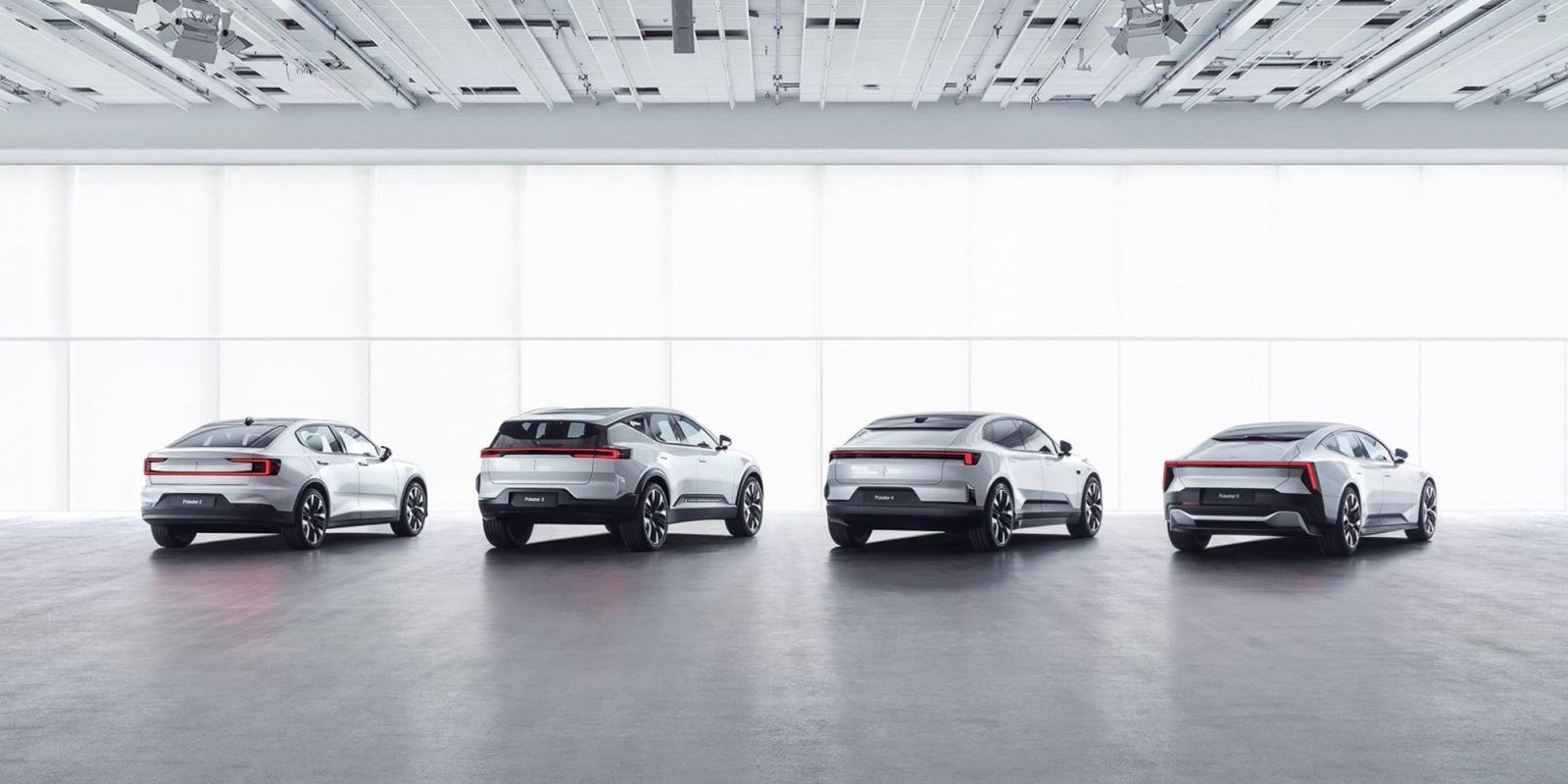
Polestar posted its 2023 delivery numbers and, as expected, it’s a mixed bag for the luxury performance EV brand. With the company only meaningfully selling a single vehicle model — its Polestar 2 sedan — deliveries totaled 54,600 cars for 2023. And in Q4 of the year, the pace of deliveries slowed substantially, down to 12,800 cars (annualizing to a rate of 51,200).
Polestar missed even its own revised delivery guidance, issued in November 2023, by over 5,000 cars — a margin of around 10%. Given the relatively high price of the Polestar 2 and the lower overall demand for sedans compared to crossovers and SUVs, it’s not exactly surprising to see the company struggling for growth. On the profit side, Polestar anticipates its previously revised gross margin of 2% will end up being 0%, or break even, for the year.
The Polestar 3, the company’s mid-size luxury SUV, has yet to enter production. In the US, that car will start around $84,000 when it goes on sale this summer. Meanwhile, the company’s first CUV, the Polestar 4, has arrived in China, with 880 units delivered before 2023 ended. When that car starts deliveries the US and Europe (in the next few months), it will be priced at $60,000 and €60,000, respectively.
Suffice it to say, Polestar will have a lot of opportunity to gain ground in 2024.
Electrek’s take
Polestar is in a weird spot. The Polestar 2 sedan launched at a time when competition in the luxury BEV sedan space was relatively limited. While it does feel like a well-put together vehicle, it never compared favorably on price to the wildly popular Tesla Model 3. It’s fair to say that the electric sedan space is utterly cornered by Tesla in the US and Europe (Tesla just launched the “Highland” update to the Model 3 in America, too). Without pricing the Polestar 2 as a severe loss leader, I can’t imagine it would ever become a breakout success, even with significant updates.
With the Polestar 3 and 4, there’s a real chance for the company to regain that momentum. While neither will compare favorably to offerings from Tesla (or even Kia) on a pure value basis, there’s plainly demand for electric crossovers at a variety of price points. Traditional European luxury OEMs like Audi, Porsche, Alfa Romeo, Jaguar-Land Rover, and BMW (Mercedes being perhaps the exception) have broadly struggled to offer compelling electric crossovers to date.
But with the outlook for global economic conditions still murky in 2024, the future of any luxury carmaker is tough to assess right now. Relying on China, for example, is becoming ever more difficult as domestic EV brands push harder and harder to outprice the competition. As mainstream EV manufacturers focus on delivering improvements to core competencies (range, charging, and cost), consumer knowledge of electric vehicles grows (and thus, fickleness of buyers), and interest rates remain high, it’s certainly not getting any easier out there.
FTC: We use income earning auto affiliate links. More.
This article was originally published by a electrek.co . Read the Original article here. .

